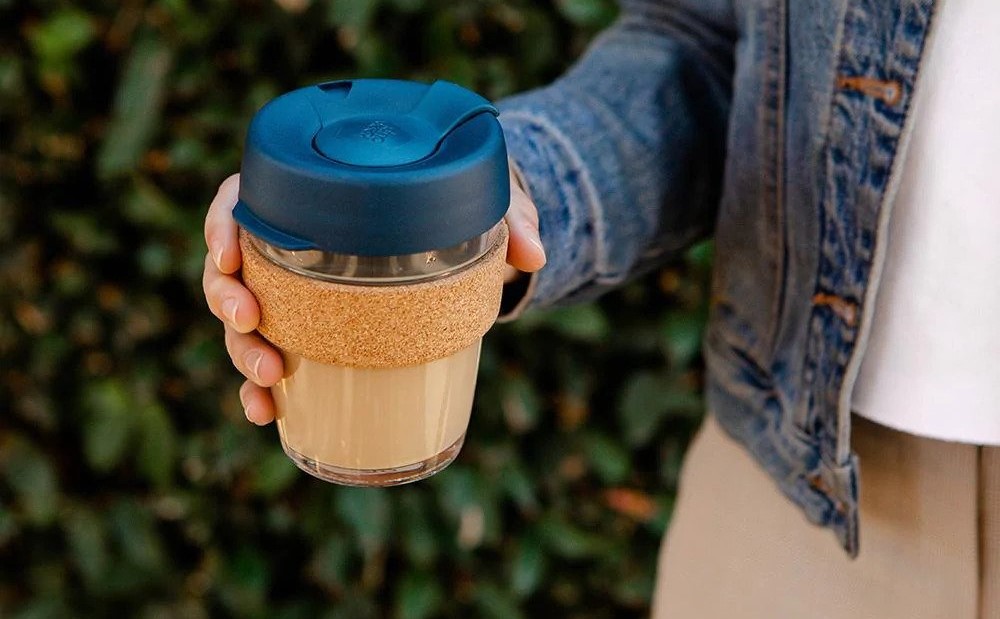Reusable Product Packaging
If you are involved in product packaging design, there are a few key things you can do to help boost your company’s sustainability credentials and help tackle the plastic waste issue. The Australian Packaging Covenant Organisation (APCO) has recently released the ‘waste hierarchy’ which provides guidance on actions which achieve the highest potential environmental value.
At number one is a reduction of all packaging materials. Once you have redesigned the packaging system to improve material efficiency, the next thing to investigate is reuse of the packaging. Let’s take a closer look at how this could be achieved.
Benefits of Reuse
Reusable packaging presents a significant opportunity for sustainability and also for our economy. As reusable packaging continues to be sought after by consumers and industry, it is important to determine what is reusable packaging and how businesses and users can benefit from reusable packaging models.
As evidenced from a range of national and international case studies, reusable packaging models can help deliver cost savings, logistic efficiencies, improve brand image and reputation, facilitate greater user insights, as well minimising CO2 emissions, energy consumption and waste production.

Shift to Reuse
APCO provides manufacturers with a few questions that organisations can use when seeking to develop or shift their product into a reusable packaging model:
- Would most consumers/customers return the packaging for another use, or could you establish a collection system?
- Could you design the packaging to enable multiple use cycles (e.g. so that its sufficiently durable, safe, hygienic etc)?
- How many average use cycles could you achieve, and are these sufficient to achieve a net environmental benefit?
If YES to all of these, consider designing your packaging for reuse.
Models for Reuse
There are several reusable packaging models that differ in terms of the actions required for the packaging to achieve its reuse cycles. For Business to Consumer markets, the most common are refill at home or on the go, and return from home or on the go. Refilling involves packaging owned by the consumer, who refills their reusable container at home or takes their reusable container away from home to refill from an in-store dispensing system.
Returning the packaging involves users delivering the packaging back to a store or drop-off-point or the packaging being picked up from the home by a pick-up service.
There are many different models already being used for the Business to Business market.
Remember, reuse can extend the life of packaging, but it also needs to have a recovery solution (e.g. recycling or composting) at end-of-life.

Help your Reuse
Developments into new and improved plastic packaging are likely to continue for several years to come, as such printDATA will continue to monitor these trends and respond with innovative technologies to ensure optimum coding solutions capable of handling the latest models.
Wherever you are in your sustainability journey, printDATA is here to help, with experts on hand to advise how best to produce products that will be accepted by retailers, valued by consumers, and trusted by everyone with an environmental concern. Contact us for more advice.